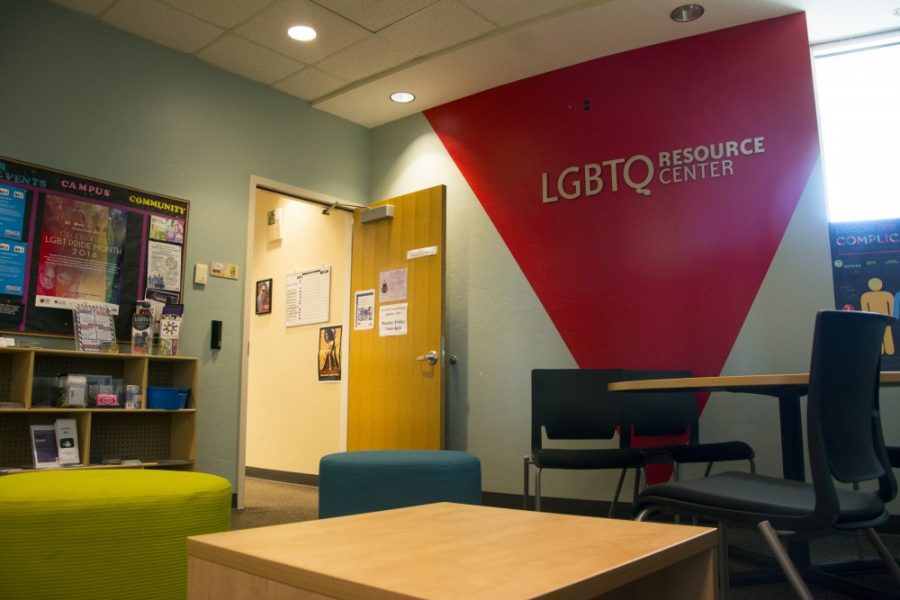Since their establishment, the UA LGBTQ Affairs has shifted their purpose to supporting, preserving and strengthening their community rather than just educating it.
“Our main goal is for social and community support for LGBTQ identified students, in whatever capacity that looks like,” said Kat Hermanson, lead graphic designer for the LGBTQ Resource Center.
Although educating people remains important, Hermanson believes their resources can be best spent supporting LGBTQ people, mainly due to the variety of information online and Safe Zonea program which educates those identifying differently.
RELATED: UA Institute of LGBTQ Studies spearheads two transgender iniatives
In 2007, the UA established the Office of LGBTQ Affairs after 20 years of urging proposals from faculty, staff and the LGBTQ community. Jen Hoefle Olson started her role as director of Office of LGBTQ Affairs in 2009.
Olson highlighted the importance of their visibility on campus adding that they have grown over the years and that the LGBTQ affairs office keeps track of their impact on campus through attendance numbers.
According to the LGBTQ data point summary that Olson shared, they saw a 22 percent increase in the number of unique students using the resource center from the assessment year 2013-2014 to the assessment year 2014-2015.
In Assessment year 2013-2014, LGBTQ affairs held 68 events with a total of 3,986 attendants. The following year, only three more events were added and a total of 6,157 people in attended.
“Having a hub, a space, a sign and place where people could come — the traffic has just increased every year,” Olson said. “I would say that since we got a center, the last three years have just been an upwards trajectory,”
The ASUA Pride Alliance was established about twenty years ago while the LGBTQ Resource Center was created in 2013 in order to have a designated safe environment. Both are housed in the Student Union Memorial Center.
The center has diversified and grown out of just being centered around gay issues, but also incorporating issues from the larger LGBTQ community, according to Hermanson.
“People really define what the center is,” Hermanson said. “It really becomes so much more about the personal and political identities of the people who are inhabiting the space. There’s a lot more diverse identities here than there was my first semester.”
Lex Salas, a neuroscience sophomore and Pride Alliance internsaid the Pride Alliance helped her build inner confidence and find a safe and free place in which she could express herself.
“There are people in our community who don’t necessarily feel this connection and that’s definitely okay, but most of them tend to find that having at least kind of a visible community like Pride Alliance makes you visible, it doesn’t erase them, even if they’re not necessarily as connected as other people are,” Olson said.
Salas said she feels the need for a bigger space where the LGBTQ community can interact, rather than just the one room they have.
“I would really like to work towards working with the UA administration to try to get more funding to try and get a bigger center to have it be more accessible,” Salas said.
Salas, Hermanson and Olson all mentioned that one of their biggest issues is limited space.
“On a campus of this size, in a state like this — there is a lot of inward facing care that needs to happen for the community and there is there’s a lot of outward facing education that is necessary,” Olson said. “Part of the challenge is limited capacity; which students have characterized as a lack of institutional support”.
Follow Angela Martinez on Twitter.









